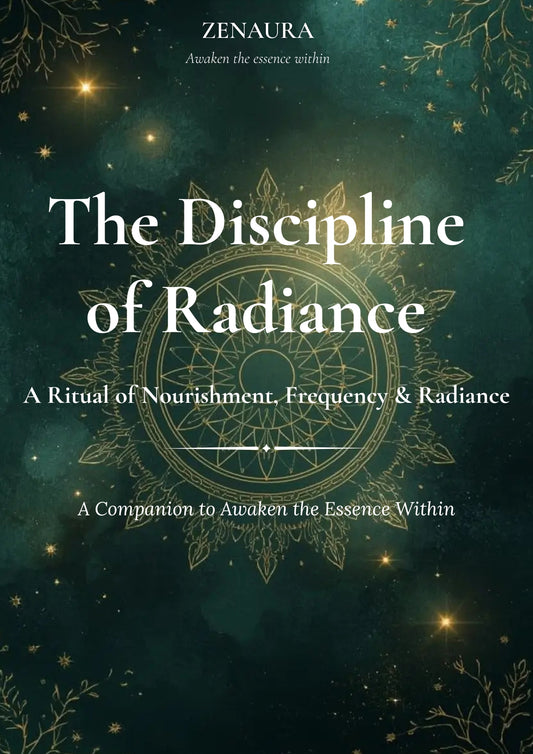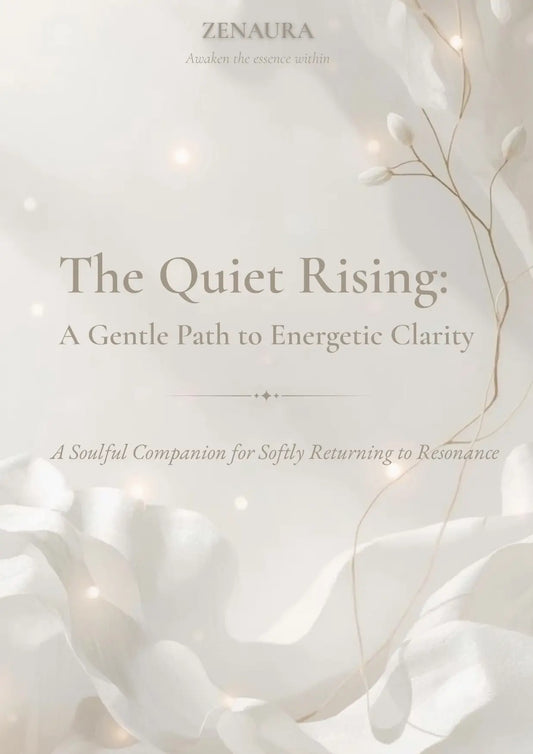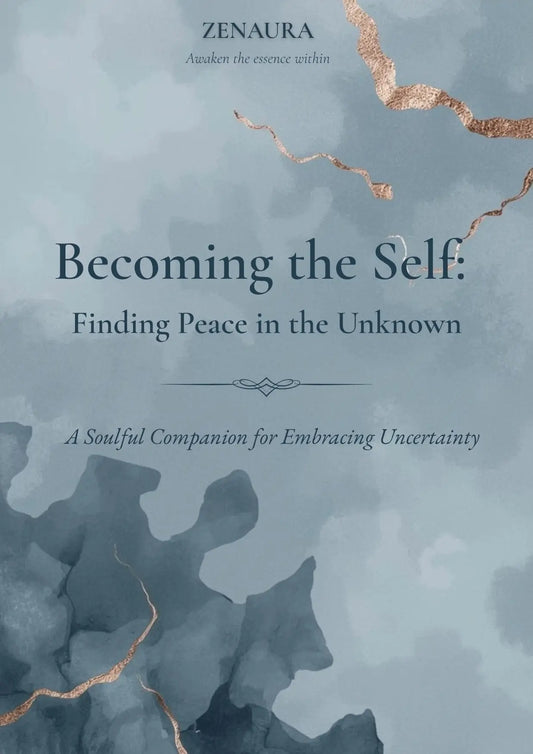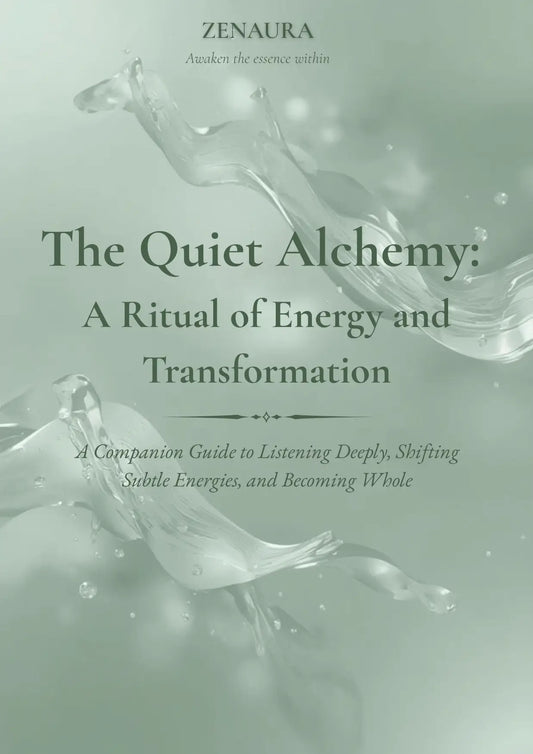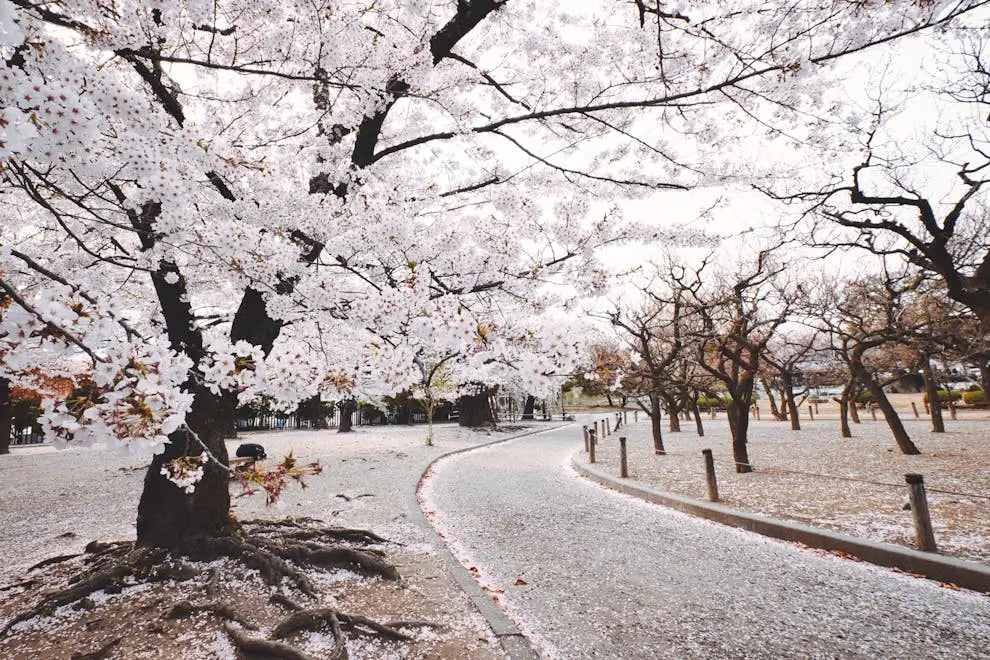
The Law of Letting Go: Freedom Through Release and Transformation
Life is shaped not only by what is gained, but equally by what is released. Growth, like a garden, requires nourishment, yet it also demands careful pruning. The Law of Letting Go reveals that freedom, clarity, and self-sovereignty arise not from endless accumulation, but from learning to release what no longer serves—whether painful memories, draining relationships, outdated beliefs, expired identities, or obsolete systems.
Letting go is not weakness; it is mastery. It is the conscious recognition that clinging to what has expired drains vitality, while release restores strength, purpose, and wholeness. In relinquishing the unnecessary, space is created for life to breathe, for perspective to widen, and for energy to flow unimpeded.
This law is subtle, yet profound. It asks for courage, discernment, and self-awareness. The art of letting go is a deliberate practice of separating attachment from value, of distinguishing between what nourishes the soul and what binds it unnecessarily. Through this practice, life transforms from a weight-laden struggle into a deliberate, expansive journey of self-realisation.
The Weight of Holding onto the Past
The past, though behind us, has a persistent presence. Clinging to old pain, unresolved conflicts, or memories of failure creates an invisible burden. Each time the mind revisits events that have already passed, energy is diverted from the present, attention fragmented, and vitality diminished. Grievances harden into identity, regrets echo into self-doubt, and unhealed wounds silently shape decisions long after the original circumstances have ended.
Holding on is, in essence, remaining tethered to what cannot be changed. Yet the past is not meant to be erased, for it holds lessons that are essential to growth. Integration, rather than suppression, is the path to freedom. Honouring experiences, acknowledging emotions, and discerning what can be released transforms the past from anchor into stepping stone.
Release restores clarity. It frees the spirit to move forward unencumbered, lightened of unnecessary chains. It does not negate memory; rather, it reframes it, allowing history to inform without imprisoning. Through conscious release, the past becomes a guide, a source of wisdom, and a foundation for present choice rather than a shadow of limitation.
The discipline of letting go here is subtle. It is a willingness to sit with discomfort, to observe the lingering weight of unresolved experiences, and to make the deliberate choice to no longer carry what does not serve growth. This practice transforms the energy of memory, converting it from resistance into insight and reflection.
Releasing the Unseen Chains
Not all chains are tangible. Many are woven from invisible threads: outdated beliefs, inherited fears, cultural expectations, and silent obligations. These unseen forces shape behaviour, constrain creativity, and dictate the rhythms of life. They can limit ambition, suppress expression, and anchor individuals to roles that shrink the spirit.
Letting go of these unseen chains requires courage. It is an act of discernment, recognising the subtle ways in which conformity or duty may erode authenticity. It means dissolving obligations that no longer serve, abandoning roles that diminish vitality, and discarding beliefs that impose limitations without purpose.
Releasing the need for external validation is perhaps the most transformative aspect of this practice. Freedom arises when life is no longer lived in service to the expectations of others, but in alignment with integrity and self-sovereignty. Authenticity flourishes in the absence of compulsion, and energy once spent on maintaining appearances becomes available for creativity, reflection, and purposeful action.
This act is not reckless abandonment. It is thoughtful liberation—a careful untangling of entanglements that obscure clarity and drain vitality. Each chain released is a restoration of agency, a reclamation of inner space, and a step toward living with intention rather than inertia.
The Cost of Clinging to Draining Ties
Human relationships carry profound energy. Some connections nourish, energise, and inspire; others silently deplete, extract, or diminish. Remaining bound to relationships that exploit generosity, dismiss authenticity, or undermine dignity drains the self. Attachment, when misplaced, becomes a form of self-betrayal.
Letting go of toxic ties is an act of clarity and courage. It is not cruelty—it is discernment. It honours life’s finite energy, preserving it for interactions that cultivate reciprocity, respect, and vitality. Genuine connection cannot thrive in the shadow of manipulation or imbalance; it flourishes only where dignity is honoured and mutual support is present.
Walking away from relationships that erode self-worth is a reclamation of autonomy. It affirms the right to engage with life from a position of integrity rather than compromise. In this release, space opens for relationships that strengthen, uplift, and resonate with one’s authentic self. Through discernment and conscious separation, the self is preserved and empowered to pursue meaningful connection rather than defaulting to obligation or fear.
The courage to let go in these situations is not instinctive. It requires reflection, honesty, and a willingness to confront discomfort. Yet every act of release carries the gift of renewed energy, clarity, and a restored sense of agency. Over time, the discipline of discerning nourishing from depleting ties cultivates wisdom, resilience, and a deeper understanding of the human ecosystem in which one exists.
The Alchemy of Release
Letting go is a form of transformation. It is not abandonment, denial, or erasure. It is the conscious conversion of endings into beginnings, absence into potential, and pain into insight. In the alchemy of release, suffering becomes clarity, weakness becomes resilience, and loss reveals opportunity.
Like a tree shedding its leaves, release is preparation for growth. Each letting go creates space for new experiences, perspectives, and energies. What once appeared as deprivation is reframed as liberation. The empty space is fertile, inviting renewal, creativity, and expansion.
The alchemy of release also fosters inner wisdom. By observing what no longer serves and allowing it to depart, the mind develops discernment, the heart cultivates resilience, and the spirit gains clarity. Endings are not failures—they are transitions, marking the natural cycles of life in which transformation and renewal are inherent.
Through release, life becomes lighter, more spacious, and capable of holding greater possibility. Pain is acknowledged but not permitted to dominate; memories are integrated, not allowed to tether; relationships are honoured but not clung to when they drain rather than sustain. In this way, letting go is both an act of courage and a path to profound mastery over one’s own experience.
Living Light, Living True
The Law of Letting Go offers no promise of a life free from challenge. Rather, it offers a life free from unnecessary weight. By releasing the past, dissolving unseen chains, and stepping away from draining influences, the self becomes light, spacious, and whole.
In this lightness, a deeper truth emerges: nothing real is ever lost. What belongs naturally remains; what departs was never meant to define identity or dictate worth. Freedom is not found in clinging—it is discovered in release. Liberation lies in discerning between what nourishes and what binds, between growth and stagnation, between authenticity and obligation.
Living light is an ongoing practice. It requires attention, courage, and patience, as well as a willingness to observe internal patterns and external influences with honesty. Each moment of conscious release expands clarity, strengthens autonomy, and deepens alignment with purpose.
To live true is to engage with life unburdened by what no longer serves. It is to embrace presence, cultivate discernment, and allow energy to flow freely toward creation, connection, and meaningful action. The Law of Letting Go teaches that mastery is not accumulation—it is liberation. The self flourishes not by holding tight, but by knowing when to release, and in this wisdom, freedom is found.



